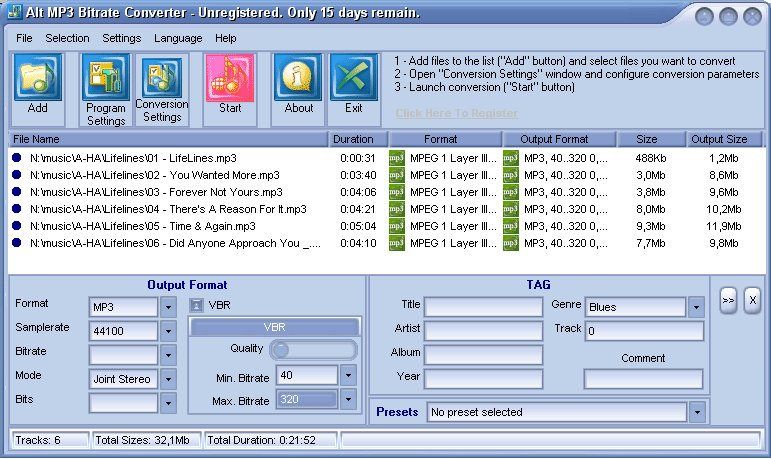
It helped pave the way for the internet to handle audio in a reliable and efficient way. There is no denying that audio compression is a testament to human ingenuity. For example, a hi-hat that is meant to play a prominent role may sound flat and fall behind other components of the song like vocals. Clarity and definition can also be lost at other frequencies. Most notable is the lack of definition and oomph in the lower frequencies where bass tends to live. The end result can lead to some common issues and changes that were not intended by the artists creating the music. Unfortunately, many streaming services deliver audio at these levels which is equal to what you would hear on the radio. This can result in loss of audio quality, especially among lower bitrates like 128kbps and below. The lower the bitrate of the file the more aggressive the algorithm is in trying to find components to remove. These steps allow the file size to be reduced by up to 10 times but there are drawbacks. Once again audio compression algorithms aim to identify these sections and eliminate that data. This will make soft sounds in those frequencies far less distinct.

If there happens to be a loud sound within one of those ranges it can spill over into other frequencies. Each band is made up of a certain frequency range. How we hear sound is split into distinct critical bands. The next step is another form of masking known as Simultaneous Masking. It then removes the softer sounds as it is likely the human ear will not perceive them. Audio compression uses this to find sections of softer sound data located near louder sounds. The greater the difference between volume levels the more this takes place. In this situation, we will naturally hear the louder sound and often disregard the softer sound. There can be many sounds playing at the same time, or very close to each other. This takes advantage of another trait of human hearing to remove even more data from the source material. The second step involves Temporal Masking. But knowing that the audio you are listening to is as close to the original recording as possible does offer a sense of security. There is no need to be rushing out to get HD audio files as you’ll likely not notice the difference. Blind test studies have shown that for most people they cannot tell the difference when compared to CD quality audio. The question remains whether we can actually hear the difference. The bit depth allows for greater nuances to be captured. The higher sampling rate results in less fake samples making their way into an average person’s hearing range. These lossless audio files have a higher sampling rate and greater bit depth. Higher internet speeds have also made it easier to be able to stream these large files. With the growth of 4K and 8K TVs, it was only a matter of time before we wanted the quality of the audio to match the quality of the video. In fact, HD audio has been around as far back as 1995 but couldn’t find a foothold in the market at the time. These files are not as new as you may think. This moves it further from our hearing range resulting in cleaner sounding audio. Anything above that will introduce fake samples which is where the low-pass filter kicks in to process them out.īy increasing the sampling rate you move the low-pass filter higher into the frequency range. For example, if the sampling rate is 44.1kHz anything below half that will be accurately rendered. This filter processes out frequencies that are not within the sampling limit. There are instances where a higher sampling rate does help to improve the listening experience.Īnalog to digital converters have an in-built low pass filter. The question often comes up if this is needed.

Hi-resolution audio can be recorded at double the standard CD rate or even as high as 192kHz. This hasn’t stopped people from recording at a higher sampling rate. Nothing that you would realistically hear. By doubling that you can assume that nothing relevant is lost when recording/reproducing the original sound. The human hearing range tops out at about 20kHz. This theorem determined that if you double the maximum frequency of the source you can accurately capture the sample. This all stems from the groundwork laid out in the Nyquist–Shannon theorem. For example, CDs have a sampling rate of 44.1kHz. The sampling rate is the number of samples taken in a second. Bitrate is determined by the sampling rate and the bit depth.


 0 kommentar(er)
0 kommentar(er)
